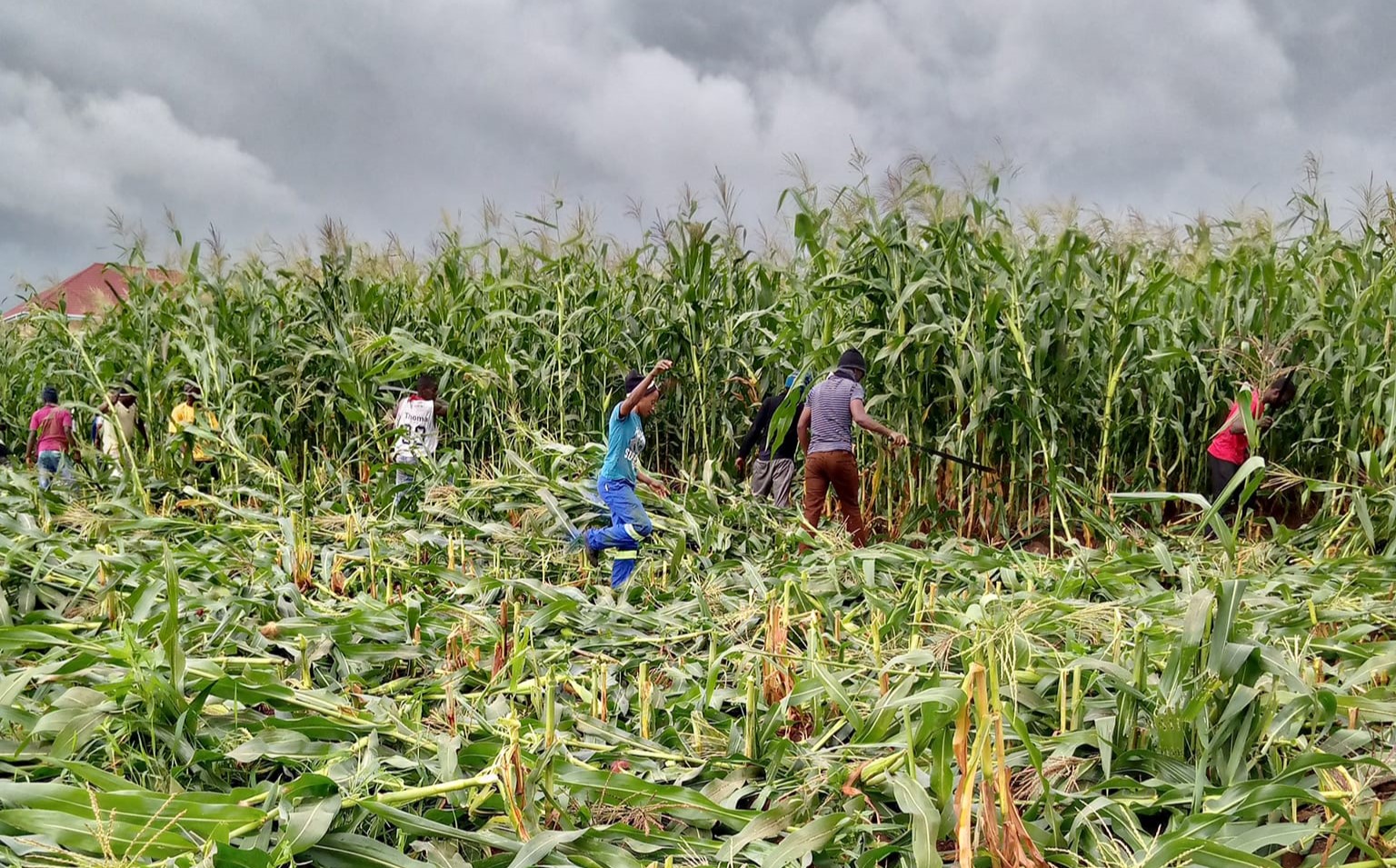Rate hike and controversial trade-offs
On November 4 2015, the Monetary Policy Committee (MPC) of the Reserve Bank of Malawi (RBM) hiked the policy rate to 27 percent and maintained the Liquidity Reserve Requirement (LRR) at 7.5 percent.
According to minutes of the MPC, the move were triggered by persistently high inflation, depreciating exchange rates as well as uncertainties on food prices and wage demands.
At a glance and in terms of textbook economics, it makes a hell lot of sense.
Headline inflation surged to 24.1 percent in September from 23 percent in August 2015.
While the general rise in prices is much better on average compared to last year (it currently stands at 20.9 percent from 23.8 percent in the same period last year), it is expected to remain high for months, at least up to the beginning of the harvest period in March-April 2016 as food prices climb on the back of a roughly 30 percent drop in maize output and the kwacha’s continued slide against major trading currencies. With foreign currency reserves falling ahead of the October-February lean period, the expectation is that the local currency will continue to soften, with cost-push inflation being the likely outcome.
As the cost of living rises, it is more than likely that the public sector will be pushing for wage increases, a development that—if government succumbs—could pump more liquidity into the financial system and further fuel inflation.
That, coupled with the widening budget deficit, is likely to exacerbate the RBM’s inflation problem.
Fiscal authorities’ own spending is not helping matters either.
According to the International Monetary Fund (IMF), government overspent by as much as two percent of GDP during the second half of the 2014/15 financial year largely due to a dramatic jump in the personal emoluments budget line.
Such fiscal slippages, coupled with weak revenue collection, have seen government borrowing heavily.
By end June this year, public debt hit K1.25 trillion—with K829 billion being external debt and K425 billion domestic debt—more than the K930 billion 2015/16 total budget!
This current debt level is around 40 percent of the economy, which, while slightly better than the 66 percent ratio of GDP in June 2014, remains dangerously high, unsustainable and qualifies the country to be under the list of debt stressed countries. I am not surprised by all this because I predicted these developments in the budget day story I wrote for Weekend Nation mid this year.
But what is my point of boring you with these details?
Well, I want to say that I see where the RBM is coming from—their reasoning for increasing the benchmark interest rate.
I get it that they have to tame inflation and stabilise prices; that their policy moves are a reaction to their fiscal cousins’ misbehaviour although some of the triggers are beyond Treasury’s control.
I get it that the central bank is trying to avoid giving the country a false bubble that, eventually, they fear, would burst.
But the RBM’s dilemma brings to the fore the necessary debate of what should be the prioritised target: low inflation or growth, or both?
We all know that inflation is rising, but not at a pace that is as bad as last year. In fact, core inflation—which excludes the volatile food and fuel prices—is rising at a much slower pace.
And while money supply is growing, I do not believe that the pace is scary enough to hike the policy rate at this delicate moment.
Given the fundamentals, the most prudent decision the RBM could make would be to leave the rate intact and continue to closely monitor developments.
Raising the bank rate at this stage was reckless; especially when government has lost its grip on GDP growth, which authorities say will slow down to three percent against a projection of 5.5 percent.
If the central bank were really serious about controlling the growth in money supply without hurting GDP and job growth, it should have hiked the Liquidity Reserve Requirement (LRR) instead, even to as much as 15 percent, and not touch the policy rate.
I mean, why leave so much money with banks that people are too afraid to borrow on account of exorbitant cost of credit?
The best, therefore, would be to tighten credit from the supply side, not the demand side where takers are already being discouraged by the prohibitive interest rates.
For me that would be a better trade-off.
Otherwise, the central bank appears to coddle banks at the expense of the majority who will now be contributing to high default rates, foreclosures and, even high bankruptcy notices.
The RBM’s choice makes little sense to me.



